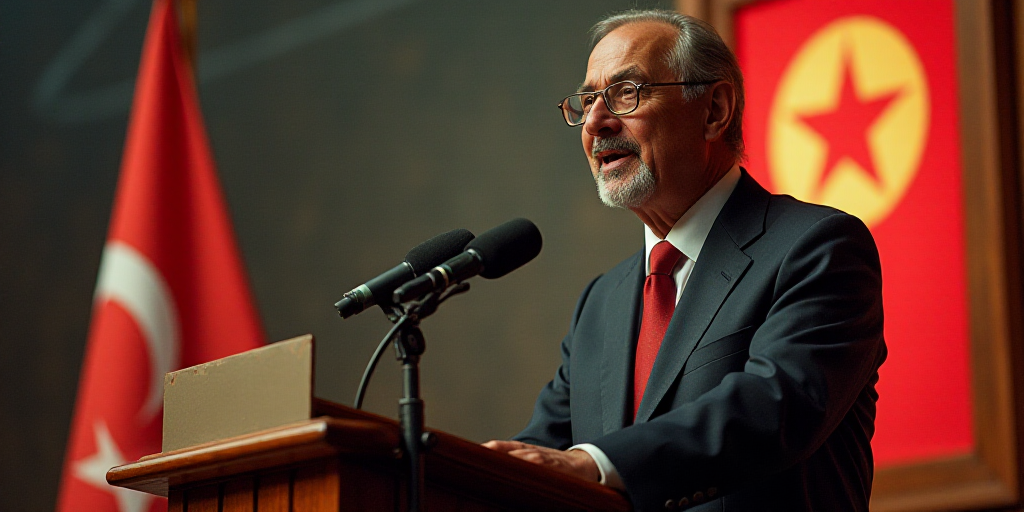Background on Nicolás Maduro and the Milicianos
Nicolás Maduro, the current president of Venezuela, announced on August 18th the mobilization of 4.5 million milicianos in response to perceived threats from the United States. The US government, under President Donald Trump, increased the reward for information leading to Maduro’s capture from $10 million to $50 million, accusing him of alleged involvement in drug trafficking.
Who is Nicolás Maduro?
Nicolás Maduro, a former bus driver and union leader, rose through the ranks of Hugo Chávez’s socialist movement before becoming Venezuela’s vice president in 2013 and eventually succeeding Chávez as president following his death in 2013. Maduro has maintained a controversial and authoritarian rule, facing widespread criticism for economic mismanagement, human rights abuses, and suppression of political opposition.
The Milicianos: A Historical Overview
The Milicianos, or “militia,” was established by the late president Hugo Chávez in 2006 as a grassroots, civilian paramilitary force. It was designed to support the national defense and bolster the ruling socialist party’s political power. Under Maduro, the Milicianos became an integral part of the Fuerza Armada Nacional Bolivariana (FANB), Venezuela’s national armed forces.
Maduro’s Response to US Threats
In a televised address, Maduro ordered the activation of “special tasks” for over 4.5 million milicianos across Venezuela to counter what he described as “extravagant, eccentric, and outlandish” threats from the United States.
US Escalation of Reward for Maduro’s Capture
The US State Department increased the reward for information leading to Maduro’s arrest from $15 million to $50 million in March 2020. The US government accuses Maduro of involvement in drug trafficking and corruption, allegations he vehemently denies.
Maduro’s Rallying Cry for the Milicianos
“The first to express their solidarity and support for this working-class president are the military forces of this homeland,” Maduro declared, praising their readiness to defend him with “their rifles, missiles, tanks, aircraft,” as part of the FANB.
Impact and Implications
The mobilization of 4.5 million milicianos represents a significant show of force by Maduro, aiming to project strength and defiance against perceived US interference. This move further strains already tense relations between Venezuela and the United States, with both countries refusing to recognize each other’s governments.
Regional and Global Reactions
The international community has largely condemned Maduro’s authoritarian rule and human rights abuses. Meanwhile, the US and over 50 other countries recognize opposition leader Juan Guaidó as Venezuela’s legitimate president. The escalating tensions between the two nations have raised concerns about potential military confrontation or proxy wars in the region.
Key Questions and Answers
- Who is Nicolás Maduro? Nicolás Maduro is the current president of Venezuela, who succeeded Hugo Chávez following his death in 2013. He has been criticized for economic mismanagement, human rights abuses, and suppression of political opposition.
- What are the Milicianos? The Milicianos is a civilian paramilitary force established by Hugo Chávez in 2006. It has since become an integral part of Venezuela’s national armed forces under Maduro.
- Why did the US increase the reward for Maduro’s capture? The US accuses Maduro of involvement in drug trafficking and corruption, allegations he denies. The reward increase aims to encourage information leading to his arrest.
- What is the significance of Maduro’s mobilization of 4.5 million milicianos? This move is a show of force by Maduro in response to perceived US threats, further straining already tense relations between the two countries.






